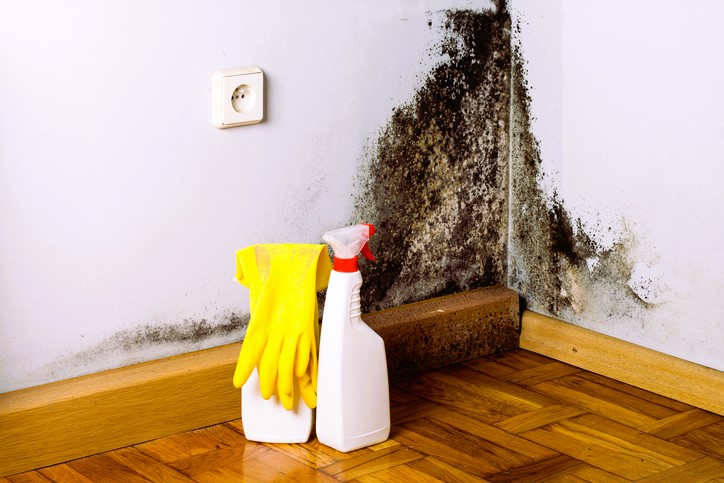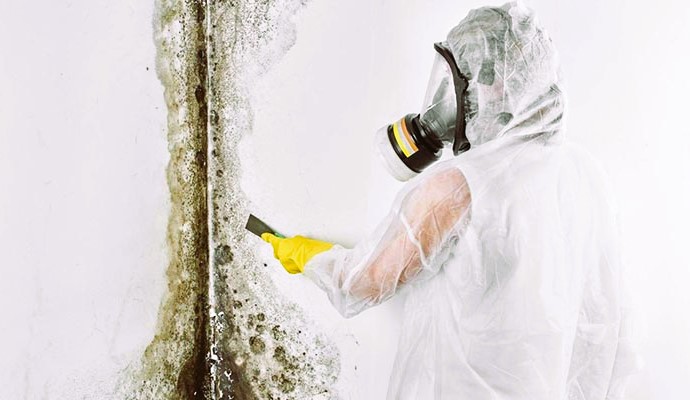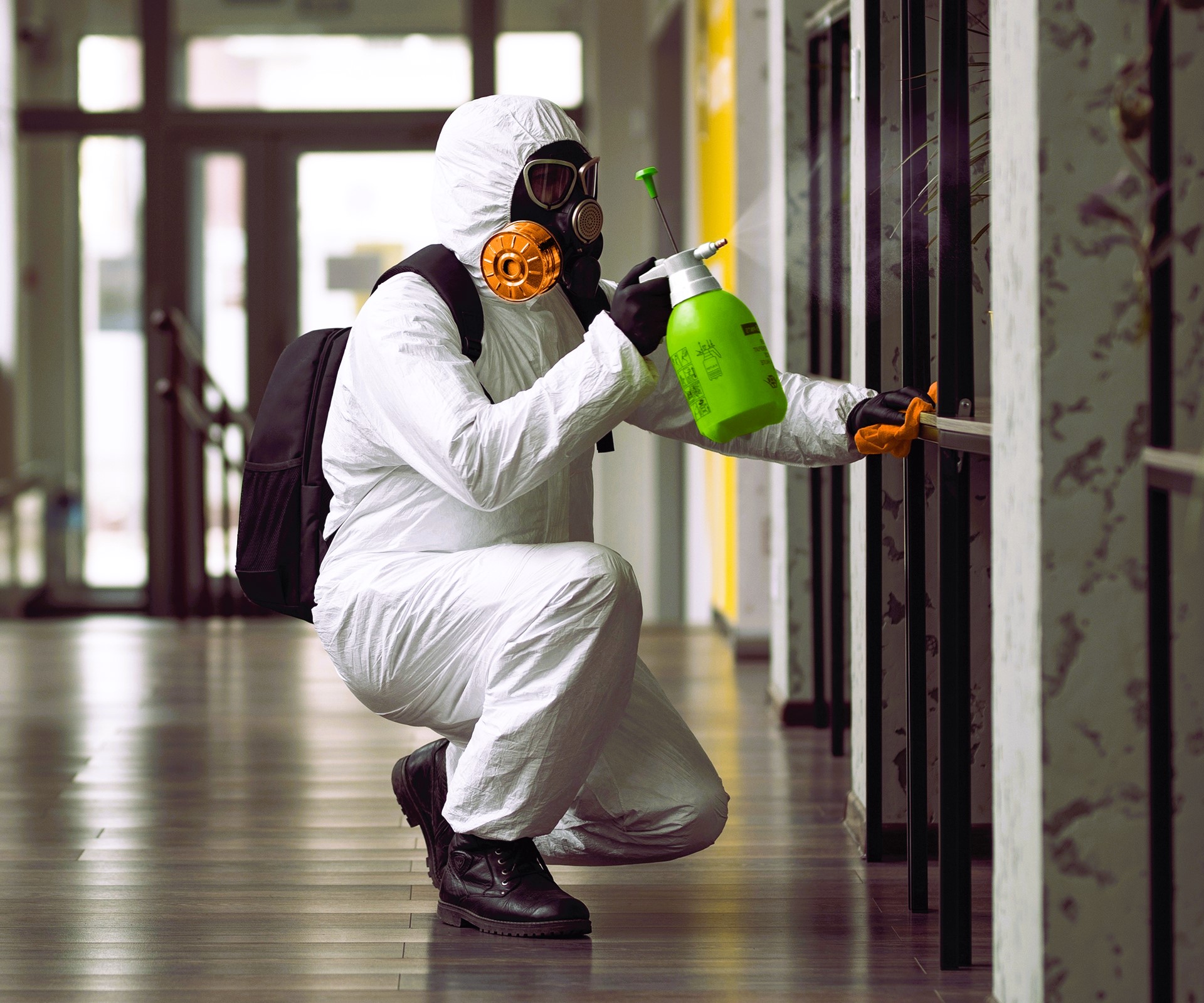Facing a mold problem? For cleaning or decontamination services, call in a decontamination expert!
It is a misconception that washing or cleaning your house walls with bleach will solve your mold problem. In fact, it only addresses the surface issue for a short time. Moreover, during this period, mold spores proliferate in the air, endangering your health and that of your family.
Applying paint to a wall over a mold stain only masks the problem and does not prevent the mold from spreading.
For a complete and safe decontamination of mold found on walls or anywhere in your home, call us toll-free at 1-855-944-7670.
We use mold decontamination protocols that meet IICRC standards, and our work is guaranteed.
We would be happy to provide you with a free estimate that meets your needs.
Mold

Molds are microscopic fungi present in nature and transported into homes by air currents, humans, or pets. Once inside, molds can grow if they are in the presence of sufficient water or moisture and nutrients such as wood, cardboard, or drywall. They are often found in damp areas, such as around the bathtub or windows.
When in small quantities and regularly removed, molds generally do not pose a serious problem. However, when they develop significantly, molds release respirable particles into the air that can, in some cases, cause health problems.
Reference: Indoor mold – Wikipedia
For more information on molds, you can visit the Health Canada website, which explains the nature of molds, or read this LaPresse article about mold decontamination on small surfaces.
Indicators of Mold Presence at Home
The Public Health Agency has also published interesting information on mold, indicators of possible mold presence, and health problems that may result.
Here are some indicators of mold presence:
- Presence of black or green stains:
- At the corners of walls and ceilings
- Behind furniture
- On bathroom tiles
- Around windows
- Musty, earthy, or alcoholic odor
- Presence of water or water stains that may have been caused by infiltration or a break
- Presence of damp materials
- Rot stains
- Condensation on cold surfaces (poorly insulated windows or walls)
- High humidity levels (45% is the ideally recommended rate in winter)
- Installation marks indicating suspicion of cannabis cultivation
The Société d’habitation du Québec also shares some techniques for detecting mold presence. You can check the wall and bleach test. Did you like this service? Read also about Disinfection of COVID-19.
Removing Mold at Home

Short-term exposure to mold can cause several health problems, including:
- Eye irritation
- Nasal and throat irritation
- Difficulty breathing
- Cough
- Runny nose
- Sneezing
- Fever
- Nausea and vomiting
- Chronic fatigue
Some health changes in occupants may suggest the presence of molds in the home:
- Recurrent flu-like syndrome in residents of the house
- Onset of symptoms described above when moving into a new home
- Symptoms decrease during a more or less prolonged absence from the home
Consult here for a more comprehensive list of mold-related syndromes.
In most cases, symptoms disappear once the home is decontaminated and molds are removed from walls and floors. However, in some people more sensitive to mold, prolonged exposure can cause irreversible health problems. That is why, when mold is discovered, action should be taken as quickly as possible, removing affected porous materials, and decontaminating areas and semi-porous or non-porous materials according to a recognized fungal decontamination protocol.


